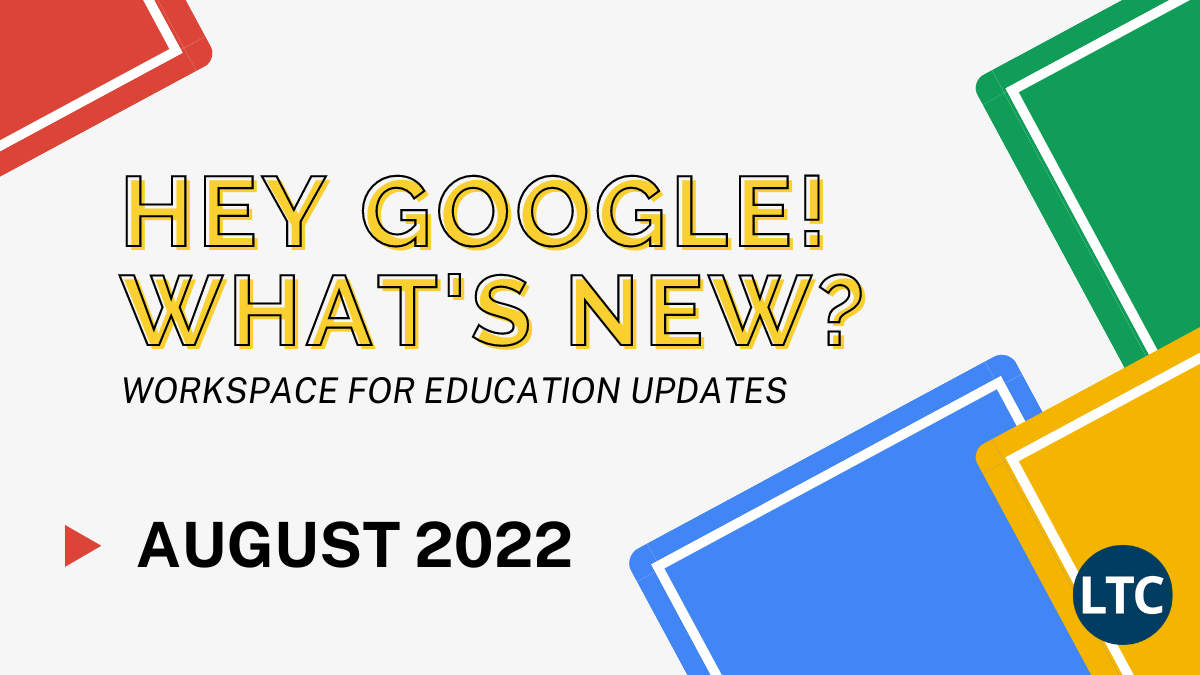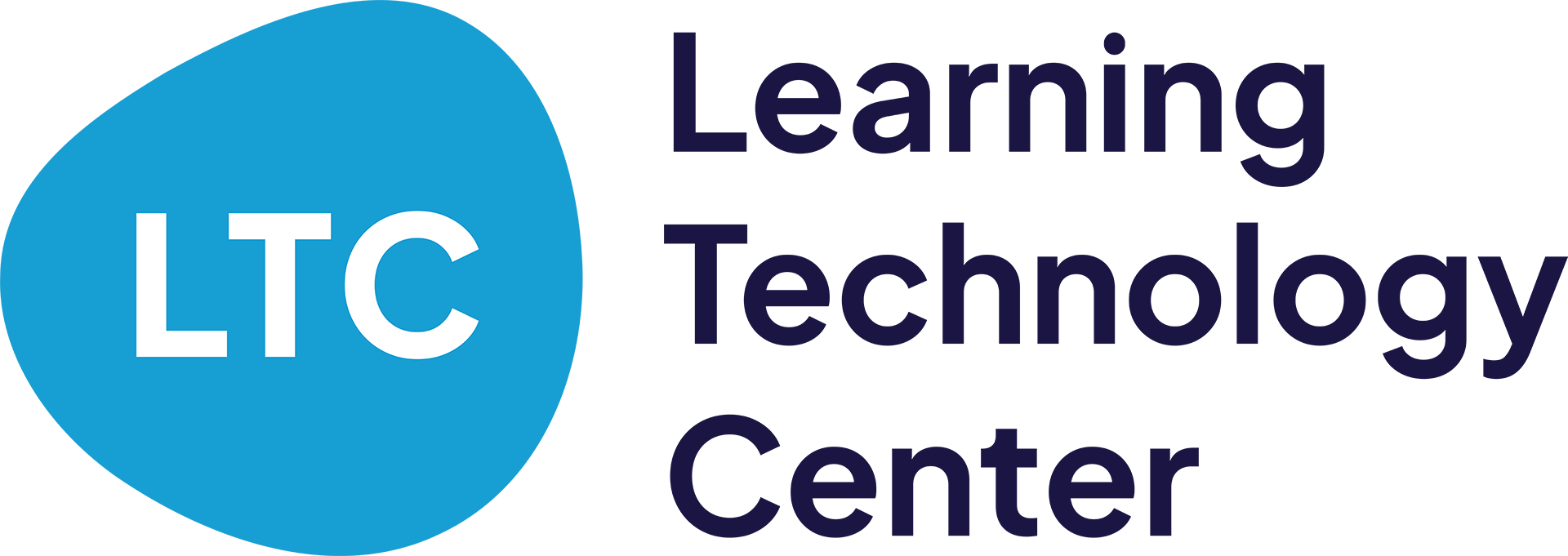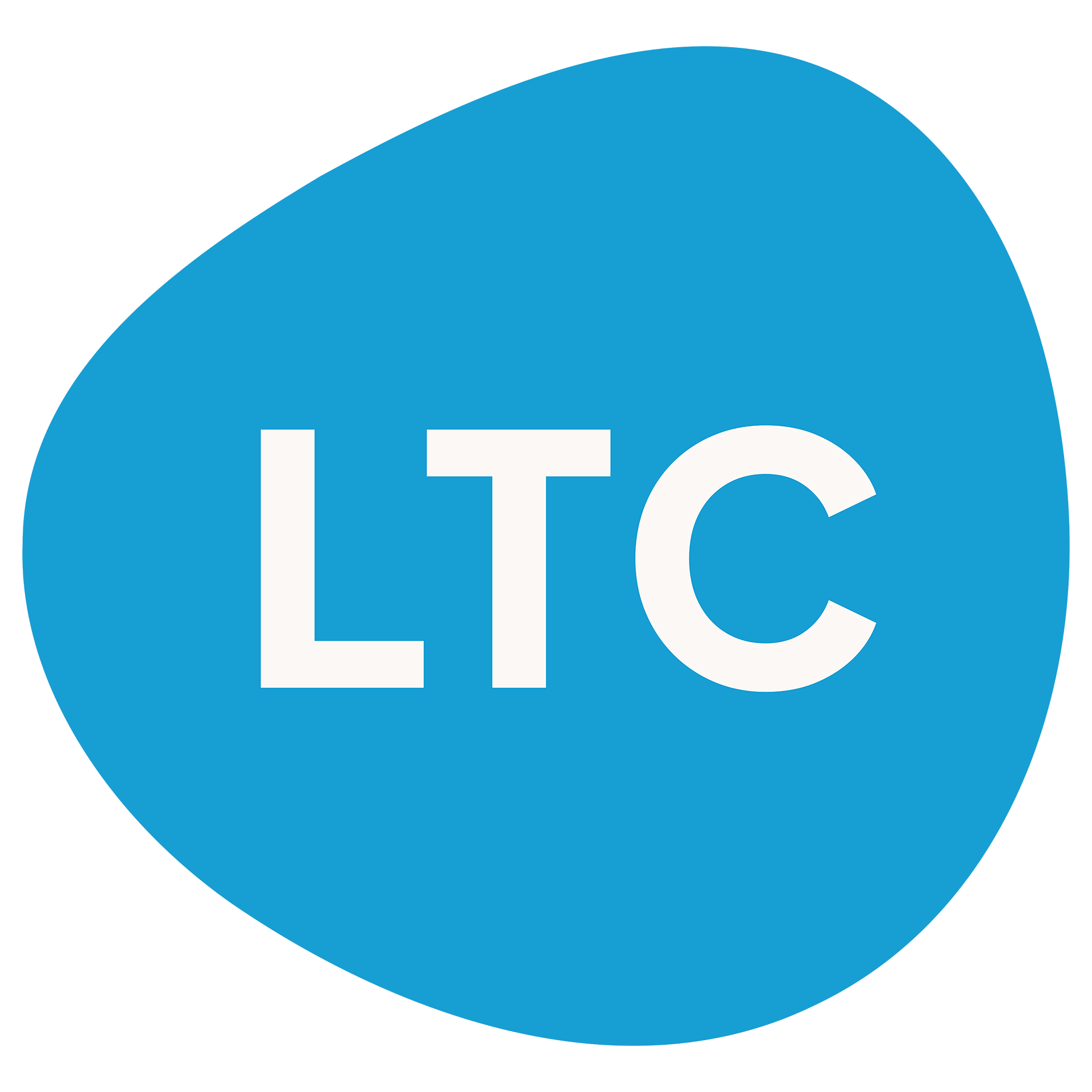Google Workspace for Education Updates You Can Use This School Year


While you’ve been enjoying some well-earned rest and relaxation this summer, Google has been busy beefing up many of its most popular apps and tools. From tweaks to built-in accessibility to advances in adaptive learning, many of these updates can make a noteworthy difference in your digitally-connected classroom this coming school year.
Want to make the most of these recent Google updates? Read on to discover new ways to harness the apps and tools your students use everyday.
Google Classroom & Adaptive Learning
Practice Sets
Now available in a global beta, practice sets are a new Google Classroom feature that allows teachers to transform their static content into interactive lessons. With applications in a variety of content areas, these practice sets provide real-time feedback that students can use to immediately gauge if they’re on the right track.
On the teacher’s side, these interactive lessons allow for auto-grading, saving educators time and effort when it comes to building out a robust digital learning curriculum.
Currently, practice sets are only available in English to Google Workspace for Education customers with the Education Plus or Teaching and Learning Upgrade.
Single-Login Access to Add-Ons
Last summer, Google announced and launched enhanced add-on support in Google Classroom. Now, Google is making this growing library of supported add-ons even more accessible with single-login functionality. Students with access to this feature will only need a single set of login credentials to access 15+ add-ons natively.
This feature is currently available to Classroom users with Google for Education Plus or the Teaching and Learning Upgrade.
Accessibility in Workspace & Chrome OS
Accessibility has been at the heart of numerous Google updates over the past year, and this latest batch of updates hasn’t strayed from that trend.
First, for users on the Education Plus or Teaching and Learning Upgrade, Google Meet can now auto-transcribe spoken audio in real time. The resulting transcript can be exported directly into Google Docs, allowing for quick lesson reviews and effortless keyword searching.
Also in Docs, Google has rolled out enhanced braille support to all users. Students with screen readers and refreshable braille displays can now interact directly with comments and highlights alongside other text with auditory start and end indicators.
Chrome OS has also received a potent upgrade to its voice dictation capabilities. Now, students using a Chromebook can speak into any text field by clicking the available mic icon or pressing “Search” + “D”. This, along with a new suite of versatile voice commands, can be a major asset to all students who have difficulty writing or traditionally typing, whether that’s due to a processing disorder, motor disability, or other reasons.
Finally, to create a more seamless experience, Google has tweaked how accessibility settings are applied across all Google Workspace apps. Now, accessibility features (such as high contrast mode) will remain active across Docs, Sheets, Slides, and more without needing to re-toggle any options.
Google Workspace for
Education Updates
Over the past several months, Google has begun implementing more features related to their larger smart canvas initiative. Many of these features also appear in Google Workspace for Education, making them widely available to students and educators alike.
Chief among these new features is the addition of smart chip functionality. Now in Docs, Sheets, and other apps, typing “@” will bring up an inline menu of people, files, and meetings that can be directly linked into the document without the need for a hyperlink.
Template options in Docs and Sheets have also received a boost. In Docs, templates have been added to make importing and organizing meeting notes quick and easy. Meanwhile, in Sheets, table templates can be used to track project progress on the fly, making short- and long-term task management more streamlined and cohesive.
These aren’t the only small, yet robust changes this smart canvas has in store. Check out Google’s blog on this initiative to learn more about upcoming features and their focus on overarching interconnectivity.
Stay Tuned In to the
Latest Google Updates
Google has been extra busy over the past year, adding new functions and upgrading features for many of their most widely-used apps and tools. Dig into some of their latest updates from the past 12 months in both of last November’s update digests.
Want to stay on top of what’s hot and new in the world of Google for Education? Join the LTC Community’s Google group, where you can ask questions and find timely details every time Google announces a new education-focused upgrade.
The Learning Technology Center (LTC) is also a proud Google Cloud for Education Partner. Contact us or reach out to your local RETC to learn more about how our trainings (including for Google Educator Level 1 & 2 and Google Certified Coach) can help you and your team take a firm step forward on your Google learning journey.

Ben leads the LTC’s RETC team and facilitates ongoing professional learning events for teachers, administrators, and technology staff in northern Illinois.
Stay Up-To-Date
Can ChromeOS Become your School’s Primary OS?
ChromeOS has become a student device mainstay in numerous schools. See how one Illinois school fully transitioned to using ChromeOS and Chromebooks, with a focus on functionality and staff buy-in.

Everything We Loved & Learned at ISTELive 22
Just back from the Crescent City, the LTC team had a blast at ISTELive 22 in New Orleans. Between the big bands and beignets, they had the chance to connect with countless educators and learn



